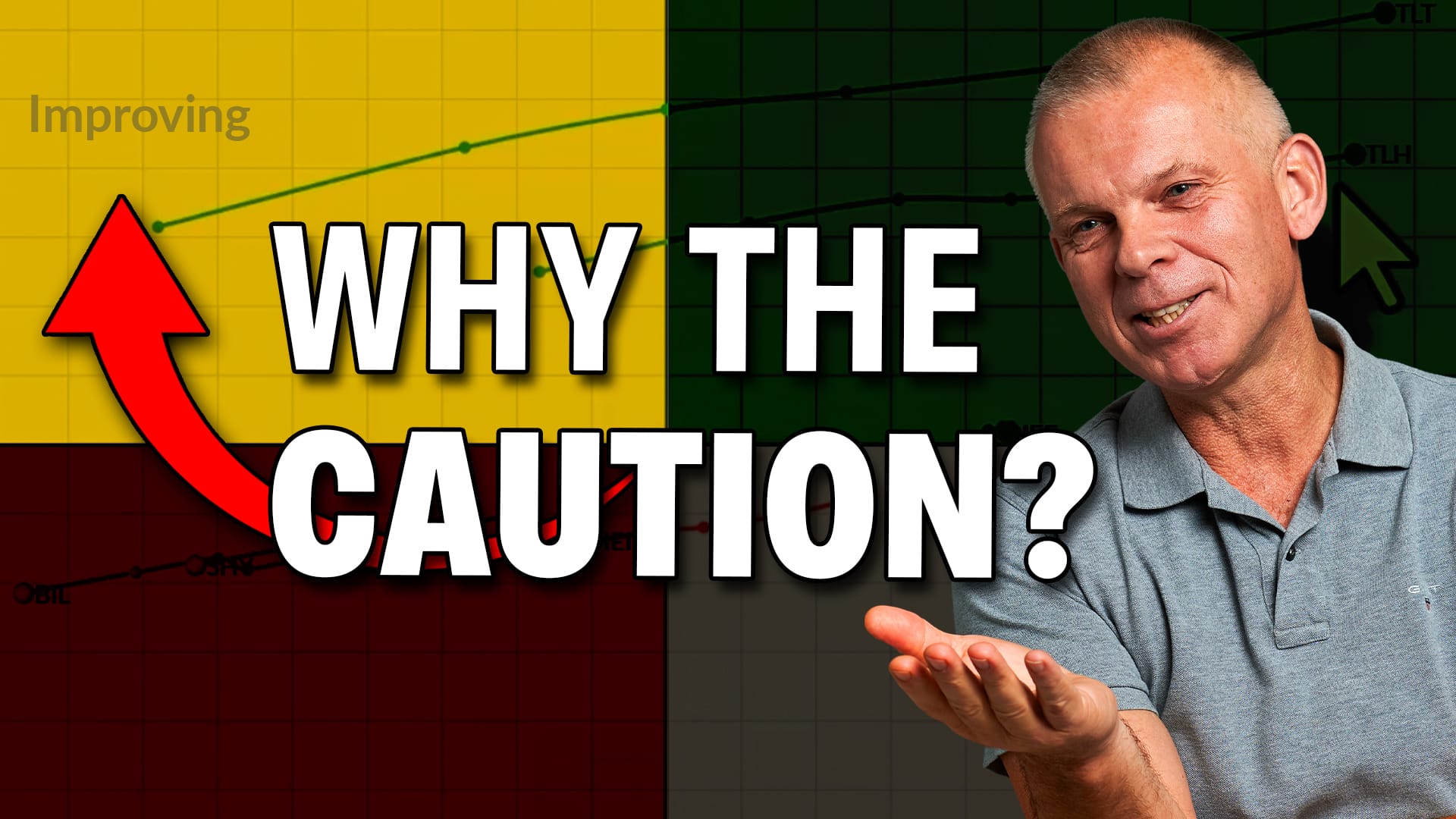S&P 500 CLOSES BELOW 400-DAY (OR 20-MONTH) MOVING AVERAGE -- THAT INCREASES ODDS FOR BEAR MARKET AND POTENTIAL LOSS OF 20% FROM RECENT HIGH -- EARLY JANUARY LOSERS ARE SAME AS FOURTH QUARTER -- MARKET LOSES NASDAQ LEADERSHIP
S&P 500 THREATENS 400-DAY MOVING AVERAGE... During the August market drop, I wrote about the importance of the 400-day moving average as a major support line. [That line is gotten by converting the 20-month moving average to a daily line. I'll show why we use that line shortly]. The daily bars in Chart 1 show the August and November price declines bouncing off that long term support line. The chart also shows, however, the S&P 500 closing below that support line today. [That's the first Friday close below that line in five years]. The 400-day line also resembles a "neckline" drawn below the August/November lows. That's another reason why today's breakdown could have bearish implications for the S&P 500 and the market as a whole. A close below the November intra-day low at 1406 would be further confirmation of today's moving average violation. Chart 2 shows why the 400-day line is important.

Chart 1
MONTHLY BANDS GIVE DOWNSIDE TARGETS ... Chart 2 applies "monthly" Bollinger Bands to the S&P 500 for the last ten years. The middle (dashed) line is the 20-month moving average. [Daily, weekly, and monthly Bollinger bands use 20 as the default value]. Focus on the 20-month average first. Notice that it acts as an excellent support line during major uptrends (1997 to 2000 and 2003 to 2007) and a bearish resistance line during major downtrends (2000 to 2003). There have been only two crossings of that line in the last eight years -- a downside crossing in 2000 and an upside crossing in 2003. Each correction in the last five years has bounced off that support line. Chart 2 shows, however, that the 20-month (or 400-day) average is being tested once again. A decisive close below that line would be taken as a major bear signal. How much could the market drop if that were to occur? That's where the lower Bollinger band comes into play. A decisive violation of the middle line usually leads to a drop to the lower band. At the moment, the lower bands sits at 1267 (and rising). A drop to the lower band would represent a decline of 20% from the October high. That would qualify as an official bear market. Chart 3 adds another piece of information supporting a 20% decline from the recent peak. The horizontal lines represent Fibonnaci retracement levels. In a downtrend, a market will usually retrace at least 38% of its previous uptrend. Chart 3 shows the 38% retracement line coinciding with the lower Bollinger band. That doesn't mean the market can't drop further. But that's a minimum downside target. And I think we're heading there.

Chart 2

Chart 3
DOWNSIDE TARGETS FOR DOW AND NASDAQ... Charts 4 and 5 use monthly Bollinger bands to find potential downside targets for the Dow Industrials and the Nasdaq Composite if their 20-month averages are broken. A Dow drop to 11000 would be a decline of 21% while a Nasdaq fall to 2100 would represent a loss of 25% from its recent peak. Both would qualify as a bear market which requires a drop of 20%.

Chart 4

Chart 5
SAME LEADERS AND LAGGARDS ... The market has gotten off to the worst January start since 2000. And, not surprisingly, we're seeing the same leaders and laggards. Chart 6 shows the week's three top sectors (relative to the S&P 500) to be utilities, consumer staples, and healthcare. [Bonds, gold, and energy also had a strong week]. Among this week's worst performers are airlines, financials, homebuilders, retailers, and small caps. That's pretty much what we saw during the fourth quarter. One of the justifications for the so-called January Effect is that investors often buy back fourth quarter losers. So far, we're not seeing any of that. Small caps aren't benefiting from the January Effect either. Today's 3% plunge pushed the Russell 2000 Small Cap Index to a new 52-week low.

Chart 6
MARKET LOSES NASDAQ LEADERSHIP... One of the market's recent hopes rested on upside leadership in the technology-dominated Nasdaq market. Chart 7 shows the Nasdaq Composite Index (blue line) outperforming the NYSE Composite Index (flat black line) from last May through the end of October. A brief upturn in the Nasdaq/NYA ratio during December inspired some hope for a technology-led yearend rally. Unfortunately, the Nasdaq bounce didn't last. Chart 7 shows that the Nasdaq has fallen faster than the broader market over the last week. That's another bullish prop that the market has lost. Chart 8 shows the Nasdaq Composite tumbling back below its 200-day average on Friday and falling to the lowest level in five months on rising volume. That puts all major market indexes below that long-term support line. The Nasdaq's 3.7% loss on Friday made it the market's biggest loser.

Chart 7

Chart 8
BEAR FUNDS HAVE STRONG WEEK... Bear funds had a strong week. And, not surprisingly, small cap bear funds had the strongest week of all. I mentioned earlier that the Russell 2000 Small Cap Index had fallen to a new 52-week low today. As a result, the ProFunds UltraShort Russell 2000 Fund (TWM) hit a new 52-week closing high (Chart 9). The Short S&P 500 ProShares Fund (SH) isn't far behind. Chart 10 shows that bear fund nearing a test of its recent highs. Both funds are rising on expanding volume. If the market is indeed entering a bear market, bear funds will be a good place to be. Hence their name.

Chart 9

Chart 10











